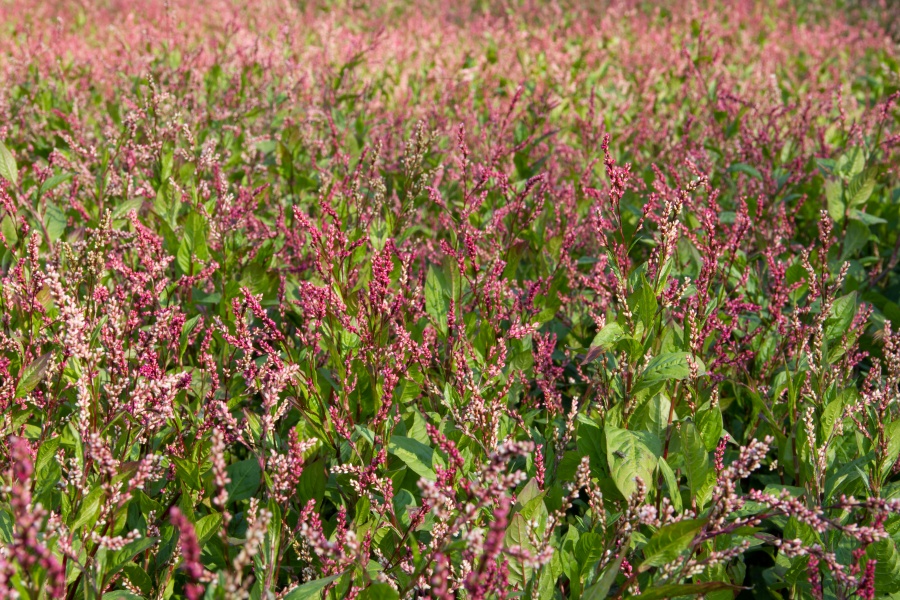How To Grow And Care For A Wallflower Plant
Wallflower Plants – The Perfect Container Garden Addition When it comes to container gardening, the wallflower plant is a must-have addition. Not only does it add a beautiful pop of color to any arrangement, but it also has a lovely fragrance that can fill your outdoor space with delight. With so many benefits, it’s no wonder why many gardeners have chosen to add this plant to their collection. Plant Attributes The wallflower plant, also known as Erysimum, comes from the Brassicaceae family which is one of the largest plant families with over 370 genera. Wallflower plants have a long-lasting bloom, typically lasting from four to six weeks. They come in a variety of colors such as purple, yellow, orange, and red. You can also find them in many different shades, from deep and bold to soft and pastel. One of the great things about the wallflower plant is its ability to thrive in different weather conditions. It grows best in full sun, but it can also survive in partial shade. It’s a hardy plant that can handle some frost, making it perfect for those in colder climates. Plant Care Caring for your wallflower plant is simple and straightforward. First, it’s important to make sure it has good drainage in its container. Wallflowers prefer well-drained soil that is not too wet. Make sure to water the plant regularly, especially during the dry season. You can fertilize the plant once a month during the growing season to keep it healthy and strong. Pruning Pruning your wallflower plant is important to keep it looking its best. Prune the plant after the flowers have faded to promote new growth. Trimming back the stems will also encourage bushier growth, leading to a fuller plant. Be careful not to cut too much of the plant as it may not bloom as well next season. Propagation Propagating your wallflower plant is a great way to increase your garden’s collection. You can do this by taking cuttings from the plant and rooting them. Take cuttings in the spring or summer when the plant is actively growing. Use a rooting hormone to help the cuttings take root quicker. Once the cuttings have rooted, you can transplant them into their own container. Potting & Repotting Wallflower plants are perfect for container gardening as they do not need a large planting area. They thrive in pots as small as four inches, making them perfect for small spaces. When repotting your wallflower plant, make sure to use well-draining soil and a container with good drainage. Repot your plant every two to three years to keep it healthy and prevent it from becoming root-bound. Common Pests & Plant Disease The wallflower plant is generally resistant to pests and diseases. However, there are a few common pests that can affect the plant, such as aphids and caterpillars. The best way to prevent these pests is to keep your plant healthy and well-maintained. If you do spot an infestation, use neem oil or insecticidal soap to treat the plant. Common Problems One of the most common problems that gardeners experience with wallflower plants is wilting. This can occur if the plant is overwatered or if the pot does not have proper drainage. Make sure to check the soil regularly and avoid overwatering. Another problem is yellowing leaves, which can be caused by a lack of water or nutrients. Make sure to fertilize your plant regularly and keep the soil moist. In conclusion, the wallflower plant is a beautiful and hardy plant that is perfect for container gardening. With its range of colors and fragrant blooms, it’s easy to see why so many gardeners have chosen to include this plant in their collection. By following these simple care tips, you can ensure that your wallflower plant is healthy and beautiful for years to come. Add it to your container garden today and enjoy its beauty and fragrance all season long! 


www.gardeningknowhow.com
www.pinterest.com
www.pinterest.com




Post a Comment for "How To Grow And Care For A Wallflower Plant"